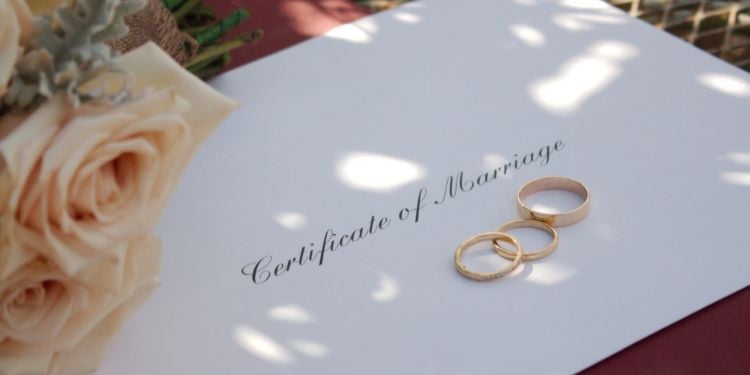Getting married in Australia

Marriage in Australia is a legally recognised contract, and after the Marriage Amendment in 2017, the right to marry in Australia is no longer determined by the sex of gender. You also don't have to be an Australian citizen or permanent resident of Australia to legally marry here. If you are looking to live in Australia after your marriage please consult the Department of Home Affairs website.
Marriage in Australia
To get legally married in Australia, you must not be married to someone else or be marrying a parent, grandparent, child, grandchild, brother or sister. You must be at least 18 years old, unless a court has approved otherwise, and you must consent and understand what marriage means. You will also be required to use specific words during the ceremony and give written notice of your intention to marry to a celebrant within a required time frame. You can also register your relationship, which is a statutory declaration that you are in a committed relationship and can be a useful document if you are applying for a partner visa. Check the Australian Government website for more information pertaining to specific states.
A celebrant is someone who is legally recognised to authorise a marriage in Australia. After selecting a celebrant, you must complete a Notice of Intended Marriage form, and this must be done at least one month before the wedding date and can be up to 18 months beforehand. If there is less than one month until the wedding, contact your celebrant to discuss your options. In addition to this notice, both parties will need to provide proof of identity, date and place of birth (via a birth certificate), and evidence that any previous marriages have ended. You may also be required to complete a statutory declaration document to provide further information about your background and situation.
On the day of the marriage, you will sign three certificates which will be witnessed by your celebrant and two witnesses. Your marriage paperwork will be registered with the registry of births, deaths and marriages in the state in which it took place within 14 days.
Overseas marriage
If you are married overseas, the marriage will only be recognised by the Australian government, as long as the marriage was considered valid by the country in which it occurred, and would have been recognised as valid under Australian law.
Important:
An overseas marriage cannot be registered in Australia, but the foreign marriage certificate will be evidence the marriage occurred. Ensure you keep hold of this certificate as it is the only evidence. An overseas marriage certificate may also not be valid for some purposes in Australia, so consult the Smartraveller website for more details.
The "de facto marriage" is also recognised in Australia and is defined in Section 4AA of the Family Law Act 1975, that you and your partner (both couples who are same sex or opposite sex) have a relationship as a couple living together on a genuine domestic basis. In the case of dissolution, the judge must take into account the duration of the relationship (two years minimum unless there are children), the financial cooperation between the two parties, the existence of a community of roof and bed, as well as the notoriety of the relationship and the nurturing of children, if there are any.
Divorce in Australia
You can apply for a divorce in Australia if either you or your spouse regard Australia as home and intend to live in Australia indefinitely, are an Australian citizen by birth or by the grant of Australian citizenship, and have lived in Australia for 12 months immediately before filing for the divorce. You must confirm that you and your spouse have lived separately for at least 12 months, and there is no likelihood of resuming married life. To apply for a divorce, you must complete an online interactive application for divorce and pay the filing fee of AUD 900. However, you may be eligible for a reduced fee of AUD 300. Check the Federal Circuit Court of Australia for more information.









